Image of 1958 Studebaker Commander, Note: These illustrations use artistic license and may differ from actual historical models.
Performance Metrics
Fundamental Metrics
Emotional Appeal
MMP Rating
| Engine Specifications | |
|---|---|
| Engine: | V8 |
| Displacement: | 259 cu in (4.2 L) |
| Horsepower: | Estimated 180 hp |
| Torque: | 260 lb-ft |
| Compression Ratio: | Estimated 8.25:1 |
| Ignition System: | Distributor and coil |
| Cooling System: | Liquid-cooled |
| Performance Specifications | |
| 0-60 Time: | Estimated 10 seconds |
| 1/4 Mile Time: | 17 seconds |
| Top Speed: | Estimated 100 mph |
| Transmission and Drive | |
| Drive Type: | Rear-wheel drive |
| Transmission Type: | 3-speed manual, 4-speed automatic |
| Fuel and Efficiency | |
| Fuel System Type: | Carburetor |
| MPG: | Estimated 15 mpg |
| Dimensions and Brakes | |
| Brakes: | Drum brakes |
| Wheelbase: | 116.5 inches |
| Weight: | Estimated 3,200 lbs |
Note: Specifications for classic cars are given to the best of our ability, considering the limited and variant data available.
Unveiling the 1958 Studebaker Commander: A Testament to Innovation
The 1958 Studebaker Commander stands as a beacon of mid-century automotive design, a testament to the ingenuity and boldness of its era. Born from the ambitious minds at Studebaker, an iconic American manufacturer with roots stretching back to the days of horse-drawn carriages, this vehicle emerged during a time of intense competition and rapid technological advancement in the automotive industry. With its unique blend of style and performance, the Commander not only captured the hearts of post-war America but also marked a significant chapter in the history of Studebaker as it struggled to maintain its place in an evolving market. One particularly intriguing fact about this model is that it was part of Studebaker's daring attempt to reinvent itself amidst financial challenges, making it a symbol of resilience and innovation.
Design and Innovation: A Leap into the Future
The exterior styling of the 1958 Studebaker Commander was a harmonious fusion of sleek lines and bold contours, a visual representation of the forward-thinking spirit that defined the late 1950s. The vehicle's front end was graced with a distinctive grille and hood design that set it apart from its contemporaries, while its profile exuded a sense of motion even at a standstill. Inside, passengers were enveloped in an environment that prioritized comfort and elegance, with materials carefully chosen for their quality and durability. The technological features were ahead of their time, including innovations such as power steering and automatic transmission options that enhanced the driving experience. Color options for the Commander ranged from subtle to vibrant, reflecting personal tastes and societal trends. Among these, choices like Parchment White and Tiara Gold were particularly popular. The Commander was available in various body styles, including sedans, coupes, and hardtops. However, it was perhaps the Starlight coupe with its panoramic rear window that remains one of the most iconic representations of Studebaker's design ethos.
Historical Significance: Steering Automotive Evolution
The 1958 Studebaker Commander was more than just another car on the road; it played a pivotal role in shaping automotive design and technology. Its release coincided with an era where manufacturers were experimenting with aerodynamics, engine performance, and consumer-focused features. The Commander stood out for its blend of affordability and luxury—a combination that endeavored to democratize upscale motoring experiences. Its lasting influence can be seen in how it paved the way for subsequent models to balance cost with high-end appeal.
Performance and Handling: A Symphony on Wheels
Underneath its stylish exterior, the 1958 Studebaker Commander boasted commendable performance credentials for its time. While top speed figures hovered around industry averages, it was the car's smooth acceleration—capable of reaching 0-60 mph in respectable seconds—that delighted drivers. On winding roads or when navigating through bumps, the Commander maintained composure thanks to its adept suspension system. Driving this classic was akin to conducting a symphony; each turn of the wheel, press on the pedal, or shift of gears resulted in immediate response accompanied by the satisfying purr of its V8 engine—a sensory experience that connected driver and machine.
Ownership Experience: More Than Just Transportation
Owners of the 1958 Studebaker Commander found versatility in their vehicles—some enjoyed them as reliable daily drivers while others reveled in their show car status or even ventured into racing. Maintenance was generally straightforward for mechanically inclined individuals, though sourcing parts could be challenging due to Studebaker's eventual exit from the automotive market. Despite these challenges, owning a Commander meant being part of an exclusive club that appreciated not only its historical significance but also its characterful driving dynamics.
Fun Facts: The Commander's Legacy
The 1958 Studebaker Commander has been associated with several interesting tidbits over time. While not known for breaking speed records or dominating sales charts, it has had its share of rare editions that are highly sought after by collectors today. Celebrity ownerships have added to its allure, enhancing its narrative beyond mere transportation. Though criticisms were leveled at certain aspects such as fuel efficiency or styling choices during its heyday, these have done little to dampen enthusiasm among classic car aficionados.
Collector's Information: A Prize for Preservationists
Today's collector market sees varying values for a well-preserved 1958 Studebaker Commander. Estimates suggest that prices can range significantly based on condition, originality, and historical provenance. Rarity is somewhat subjective given production numbers were not exceedingly low; however, finding one in pristine condition is becoming increasingly difficult. Price trends indicate appreciation over time as classic car enthusiasts seek out models emblematic of an era where design bravado ruled supreme. A well-maintained example could fetch anywhere from mid-five figures upwards depending on multiple factors.
Conclusion: Celebrating an Automotive Icon
In retrospect, the 1958 Studebaker Commander serves as a shining example of mid-century American ingenuity in automotive engineering and design. From its distinctive aesthetics to its role as a harbinger of accessible luxury vehicles, this classic car holds an esteemed place in automotive history. For those who cherish vintage charm fused with historical significance, the Commander remains an enduring symbol—a piece of motoring heritage that continues to captivate generations long after it first graced our roads.
1958 Studebaker Commander Catalog of Parts
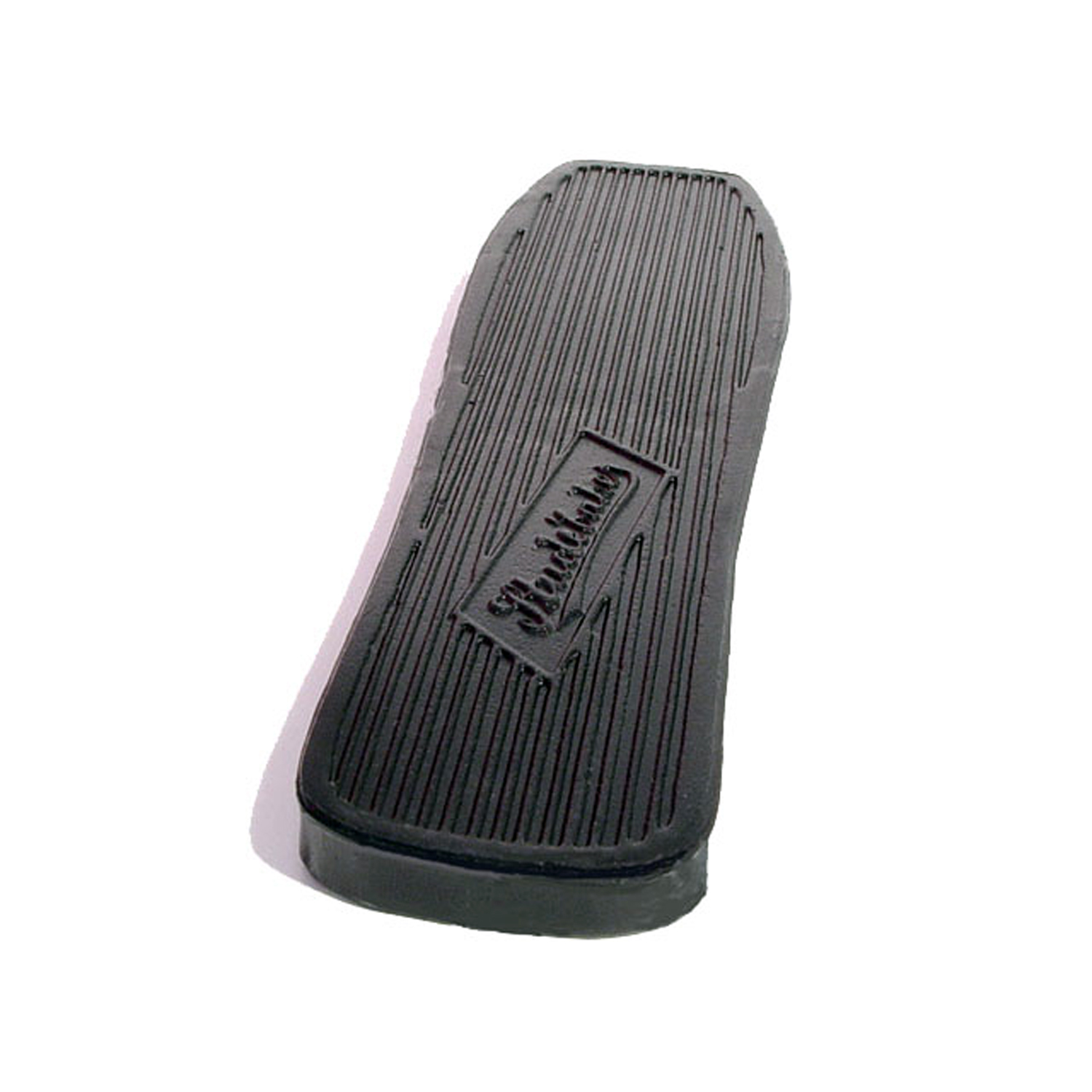 1958 Studebaker Commander Accelerator Pedal Pad, 2-3/8" X 9", Each-AP 22Accelerator Pedal Pad, 2-3/8" X 9", Each
1958 Studebaker Commander Accelerator Pedal Pad, 2-3/8" X 9", Each-AP 22Accelerator Pedal Pad, 2-3/8" X 9", Each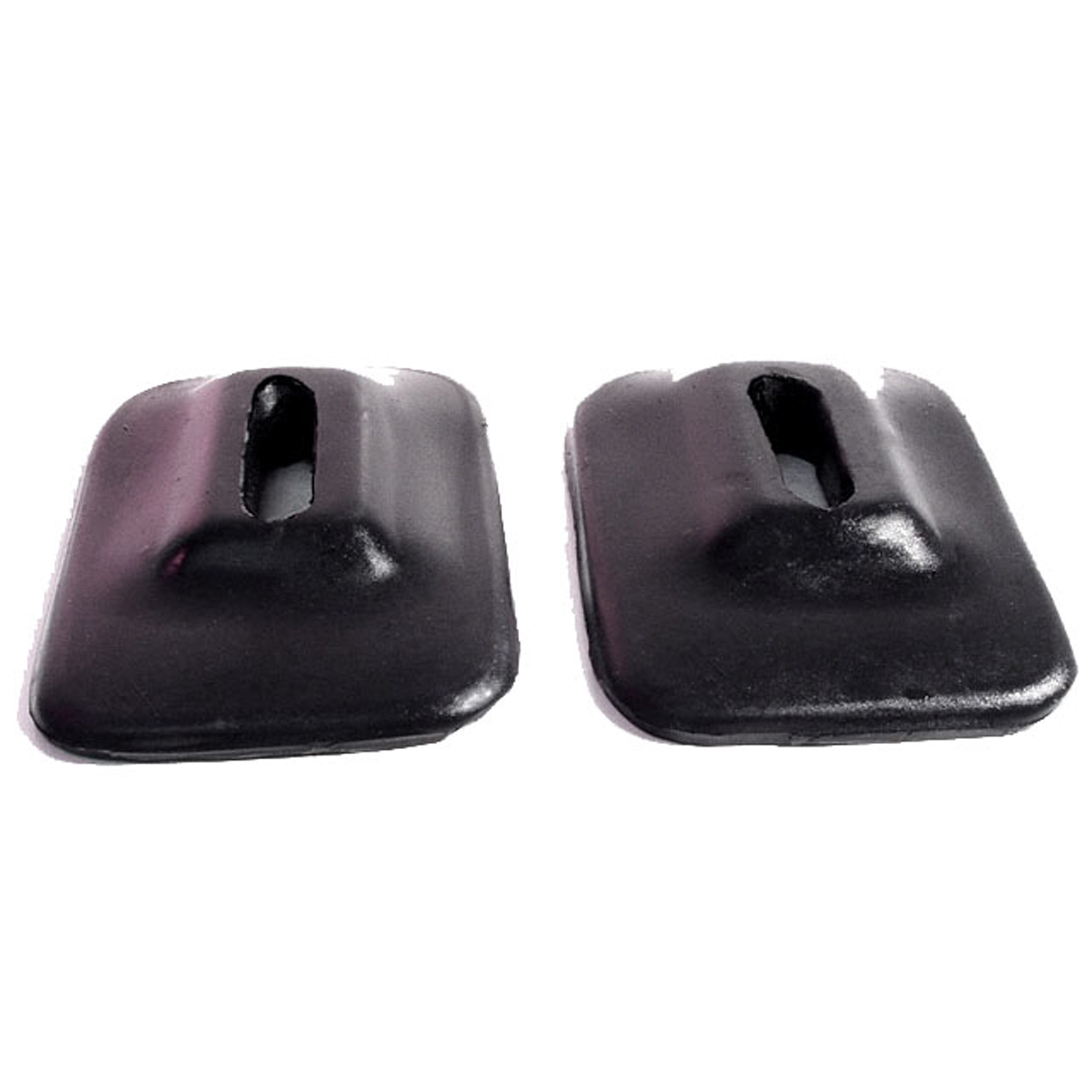 1958 Studebaker Commander Front and Rear Bumper Arm Grommets-BG 45Front and Rear Bumper Arm Grommets. 2-3/4" wide X 4-1/8" long, with 1-5/8" long inner slot. Pair
1958 Studebaker Commander Front and Rear Bumper Arm Grommets-BG 45Front and Rear Bumper Arm Grommets. 2-3/4" wide X 4-1/8" long, with 1-5/8" long inner slot. Pair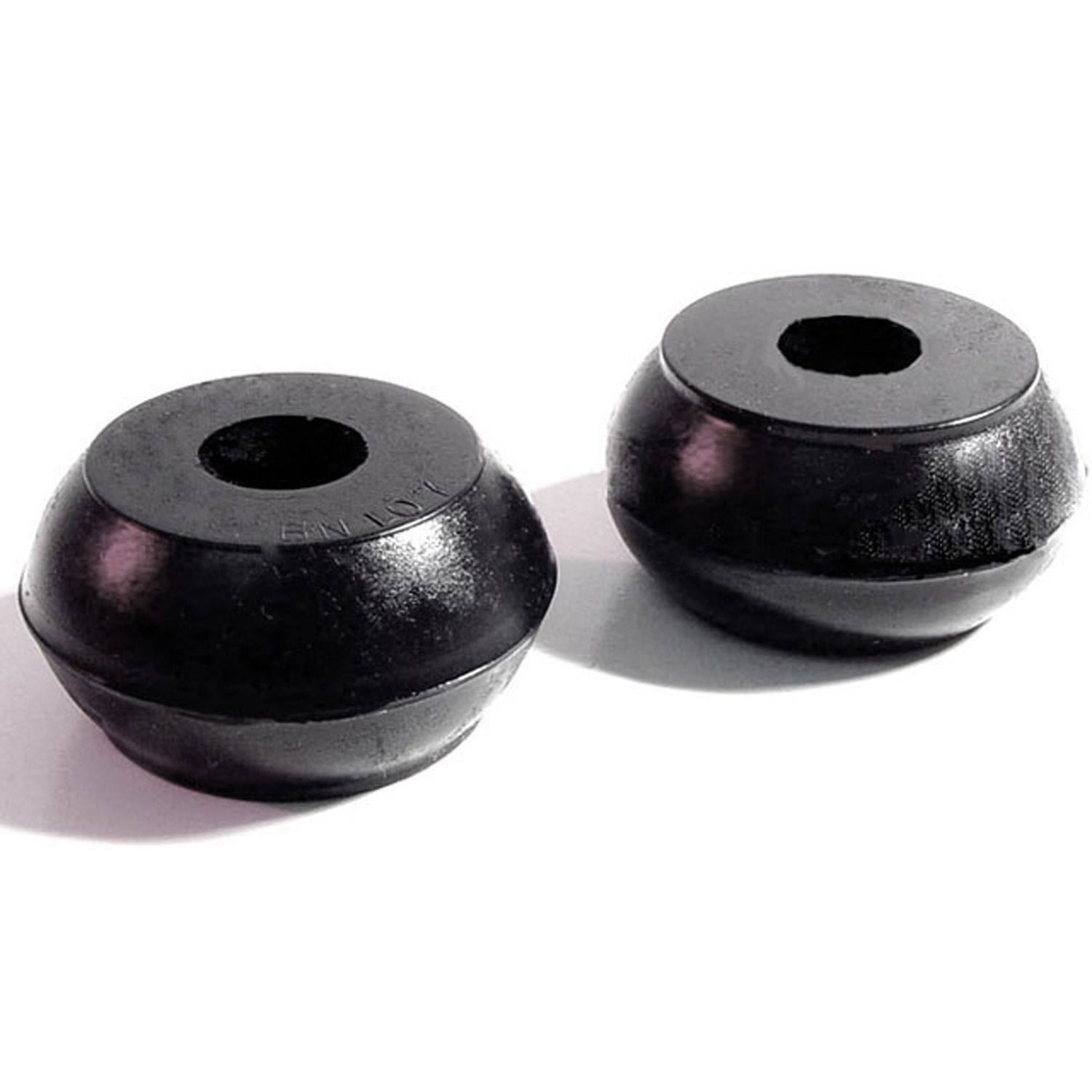 1958 Studebaker Commander Power Steering Bushing. 1-9/16" O.D., 7/16" I.D. Pair-BN 107Power Steering Bushing. 1-9/16" O.D., 7/16" I.D. Pair
1958 Studebaker Commander Power Steering Bushing. 1-9/16" O.D., 7/16" I.D. Pair-BN 107Power Steering Bushing. 1-9/16" O.D., 7/16" I.D. Pair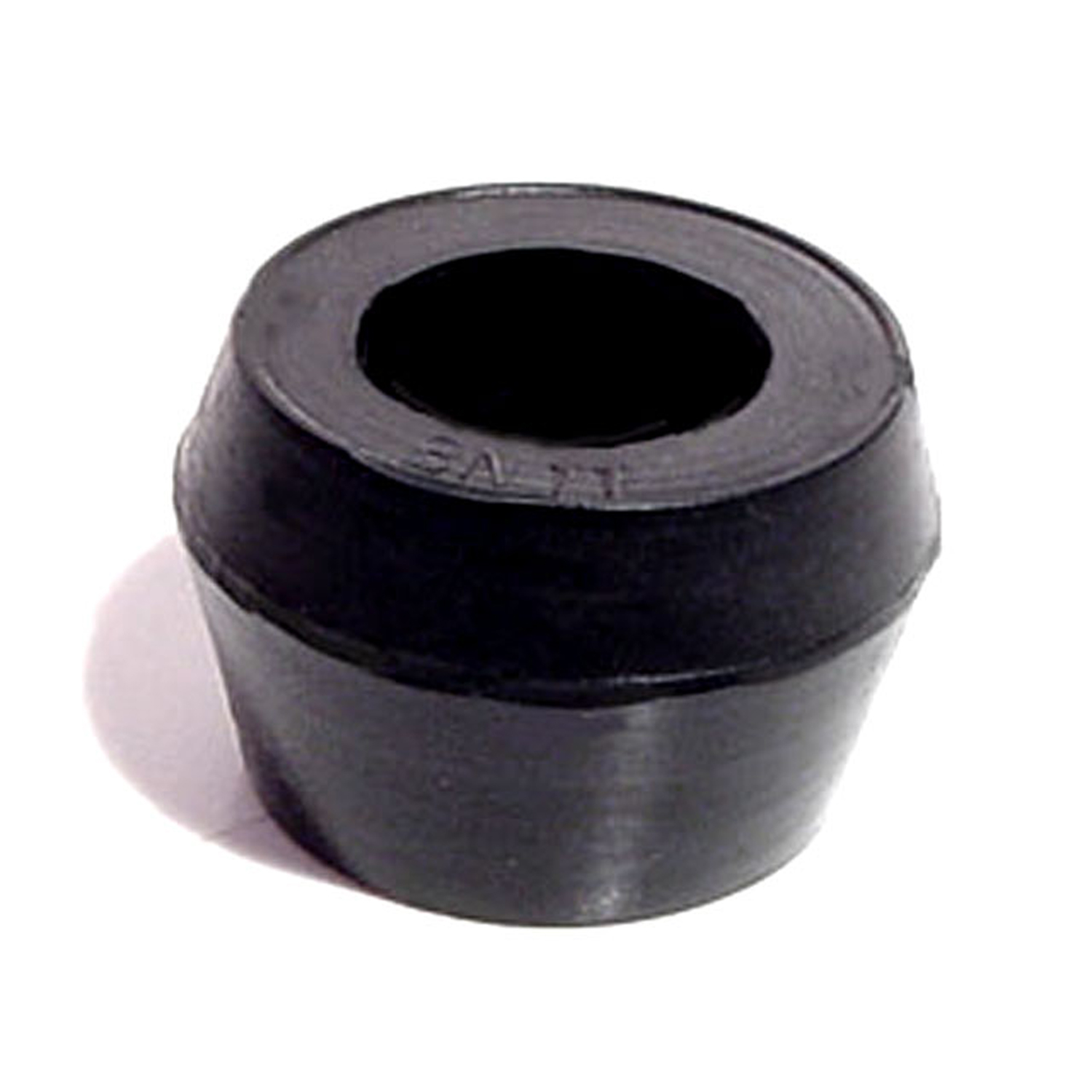 1958 Studebaker Commander Shock Absorber Grommet. 1" bottom O.D-BN 11Shock Absorber Grommet. 1" bottom O.D., 3/4" high, with 5/8" I.D. Each
1958 Studebaker Commander Shock Absorber Grommet. 1" bottom O.D-BN 11Shock Absorber Grommet. 1" bottom O.D., 3/4" high, with 5/8" I.D. Each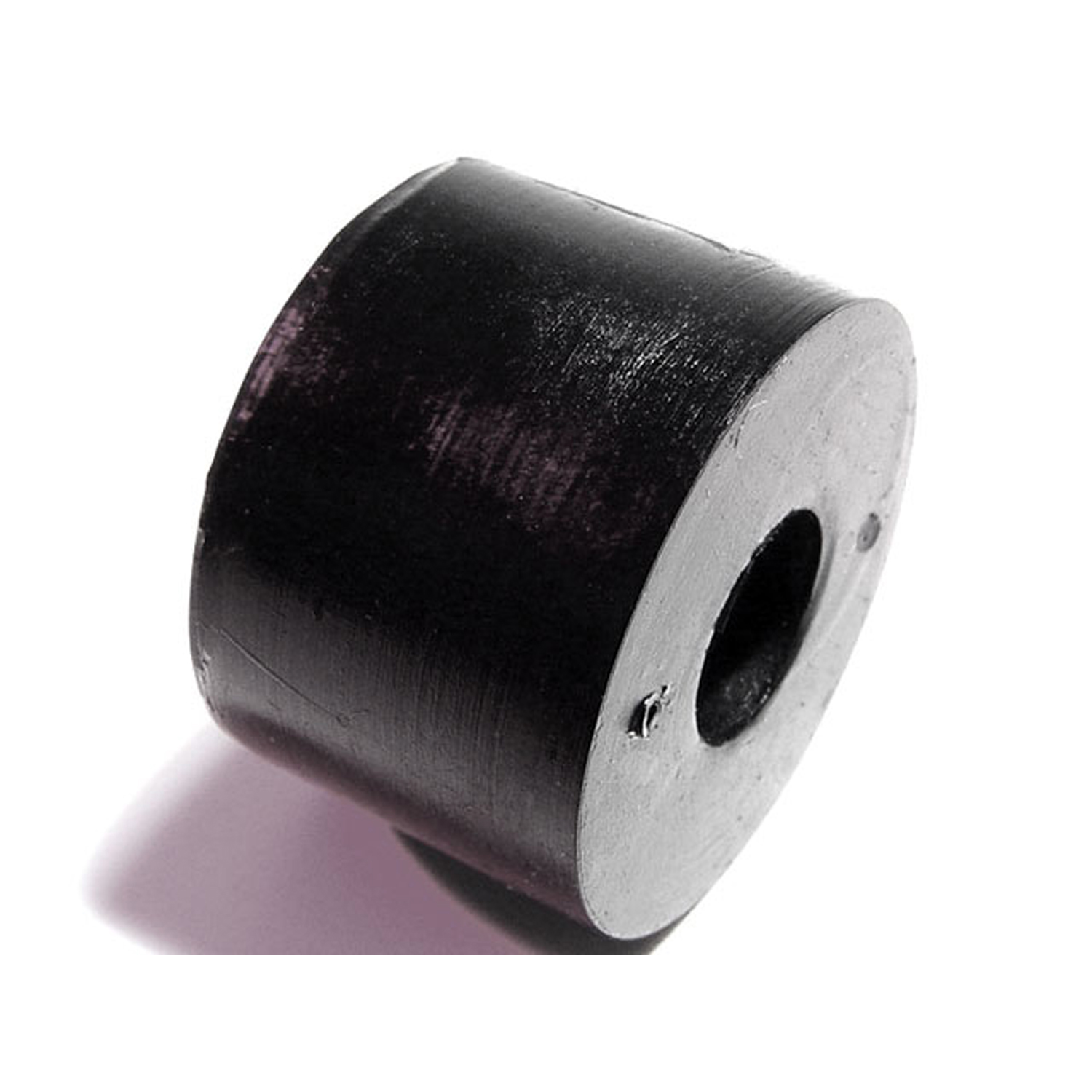 1958 Studebaker Commander Shock Absorber Grommet. 1" bottom O.D., 5/8" high-BN 13Shock Absorber Grommet. 1" bottom O.D., 5/8" high., with 3/8" I.D. Each
1958 Studebaker Commander Shock Absorber Grommet. 1" bottom O.D., 5/8" high-BN 13Shock Absorber Grommet. 1" bottom O.D., 5/8" high., with 3/8" I.D. Each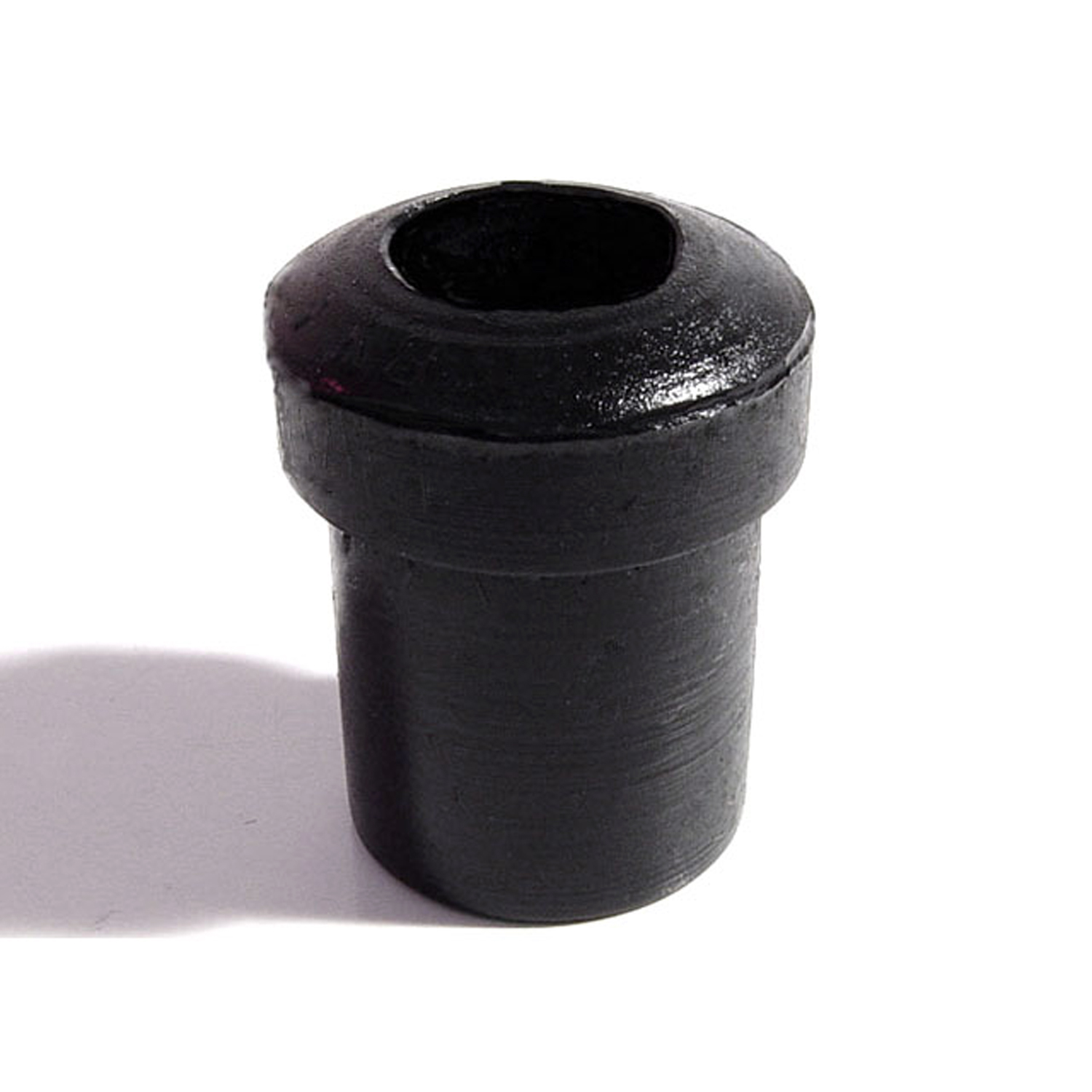 1958 Studebaker Commander Spring and Shackle Bushing. 7/8" bottom O.D-BN 16Spring and Shackle Bushing. 7/8" bottom O.D. X 1-1/8" high, with 1/2" I.D. Each
1958 Studebaker Commander Spring and Shackle Bushing. 7/8" bottom O.D-BN 16Spring and Shackle Bushing. 7/8" bottom O.D. X 1-1/8" high, with 1/2" I.D. Each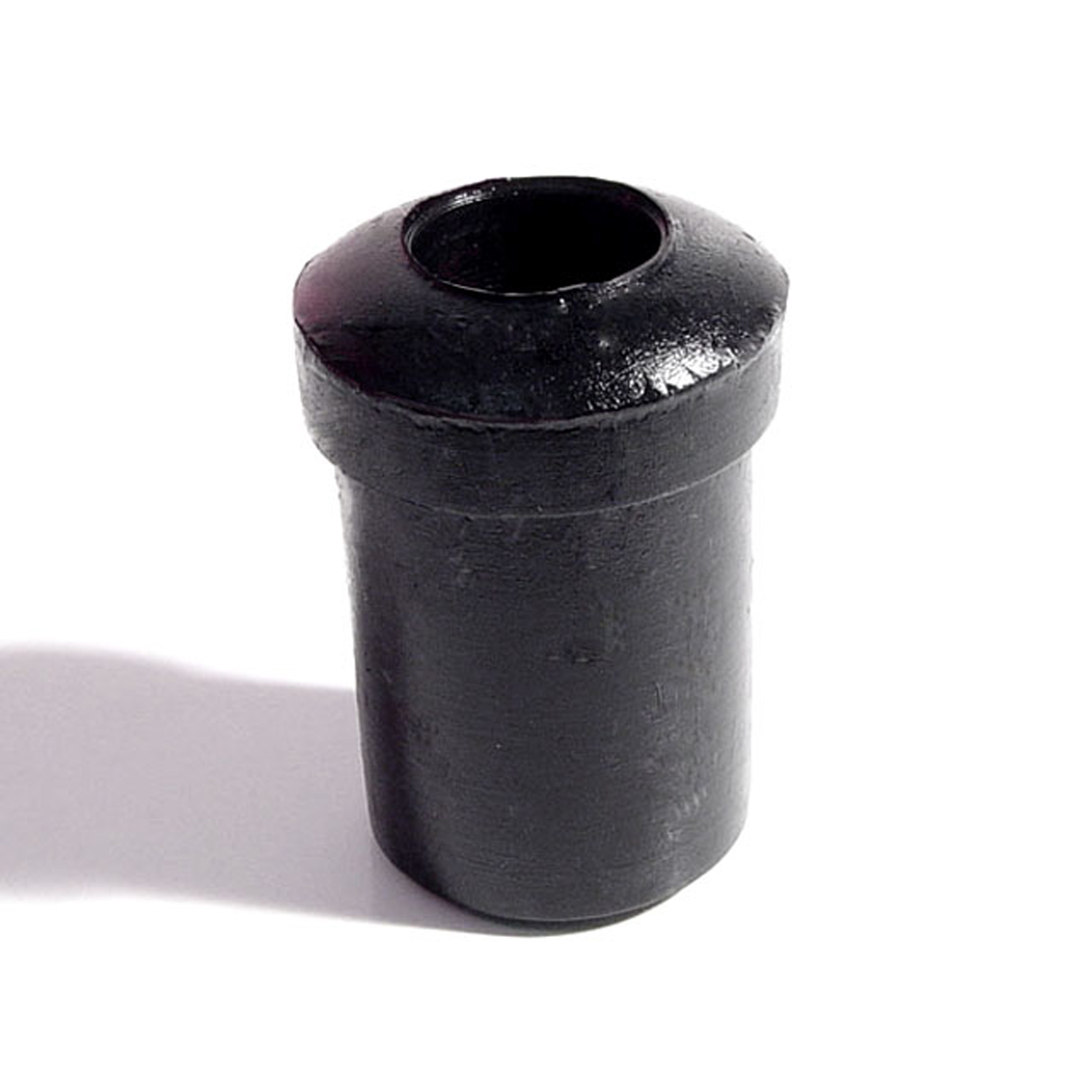 1958 Studebaker Commander Spring and Shackle Bushing. 1" bottom O.D-BN 20Spring and Shackle Bushing. 1" bottom O.D. X 1-5/8" high, with 9/16" I.D. Each
1958 Studebaker Commander Spring and Shackle Bushing. 1" bottom O.D-BN 20Spring and Shackle Bushing. 1" bottom O.D. X 1-5/8" high, with 9/16" I.D. Each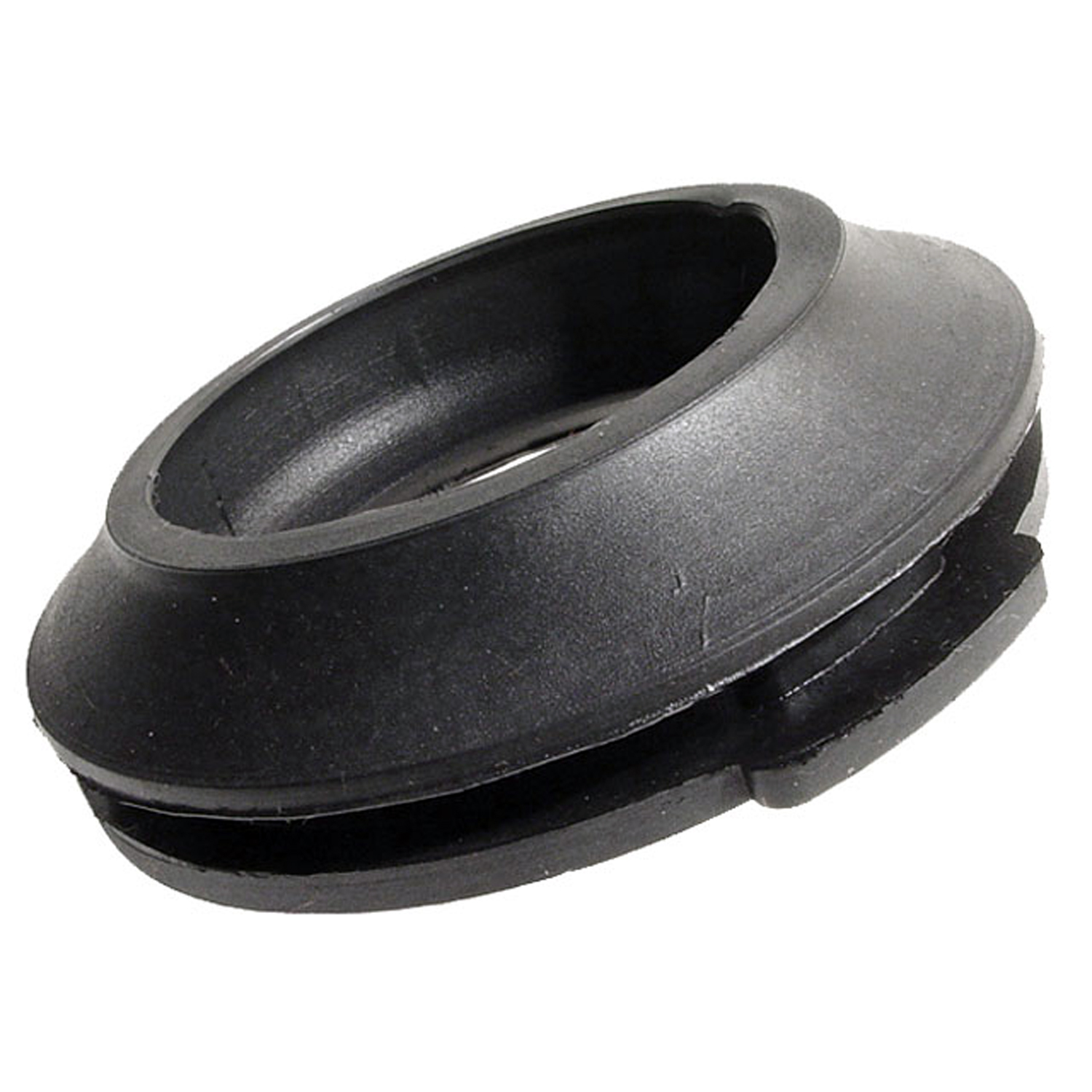 1958 Studebaker Commander Gas Filler Grommet. Perfect reproduction. Top 2-1/16" I.D-GF 45Gas Filler Grommet. Perfect reproduction. Top 2-1/16" I.D., 3-7/16" O.D. Each
1958 Studebaker Commander Gas Filler Grommet. Perfect reproduction. Top 2-1/16" I.D-GF 45Gas Filler Grommet. Perfect reproduction. Top 2-1/16" I.D., 3-7/16" O.D. Each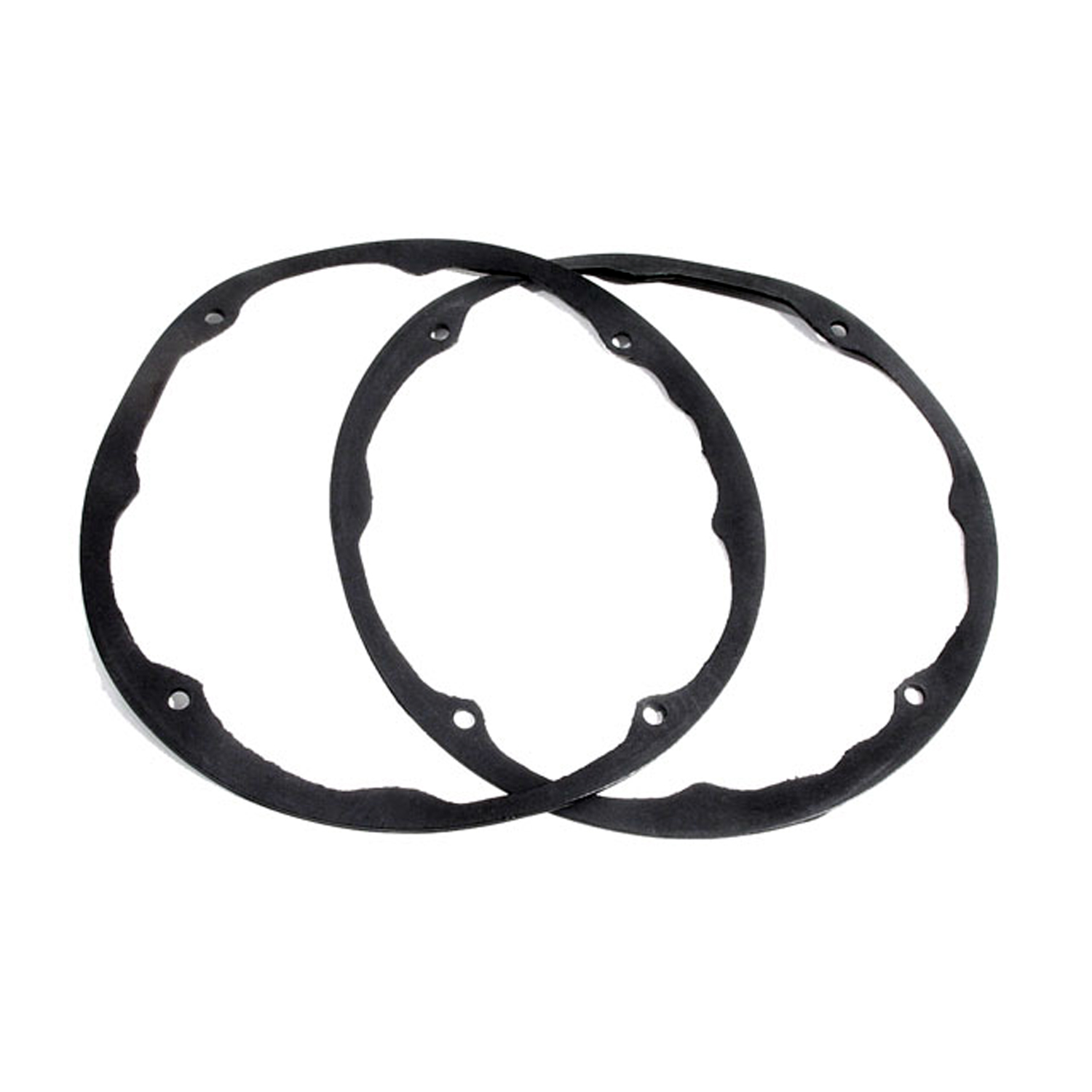 1958 Studebaker Commander Headlight Ring Seal. 8-5/8" O.D., 7-7/8" I.D. Pair-HR 16Headlight Ring Seal. 8-5/8" O.D., 7-7/8" I.D. Pair
1958 Studebaker Commander Headlight Ring Seal. 8-5/8" O.D., 7-7/8" I.D. Pair-HR 16Headlight Ring Seal. 8-5/8" O.D., 7-7/8" I.D. Pair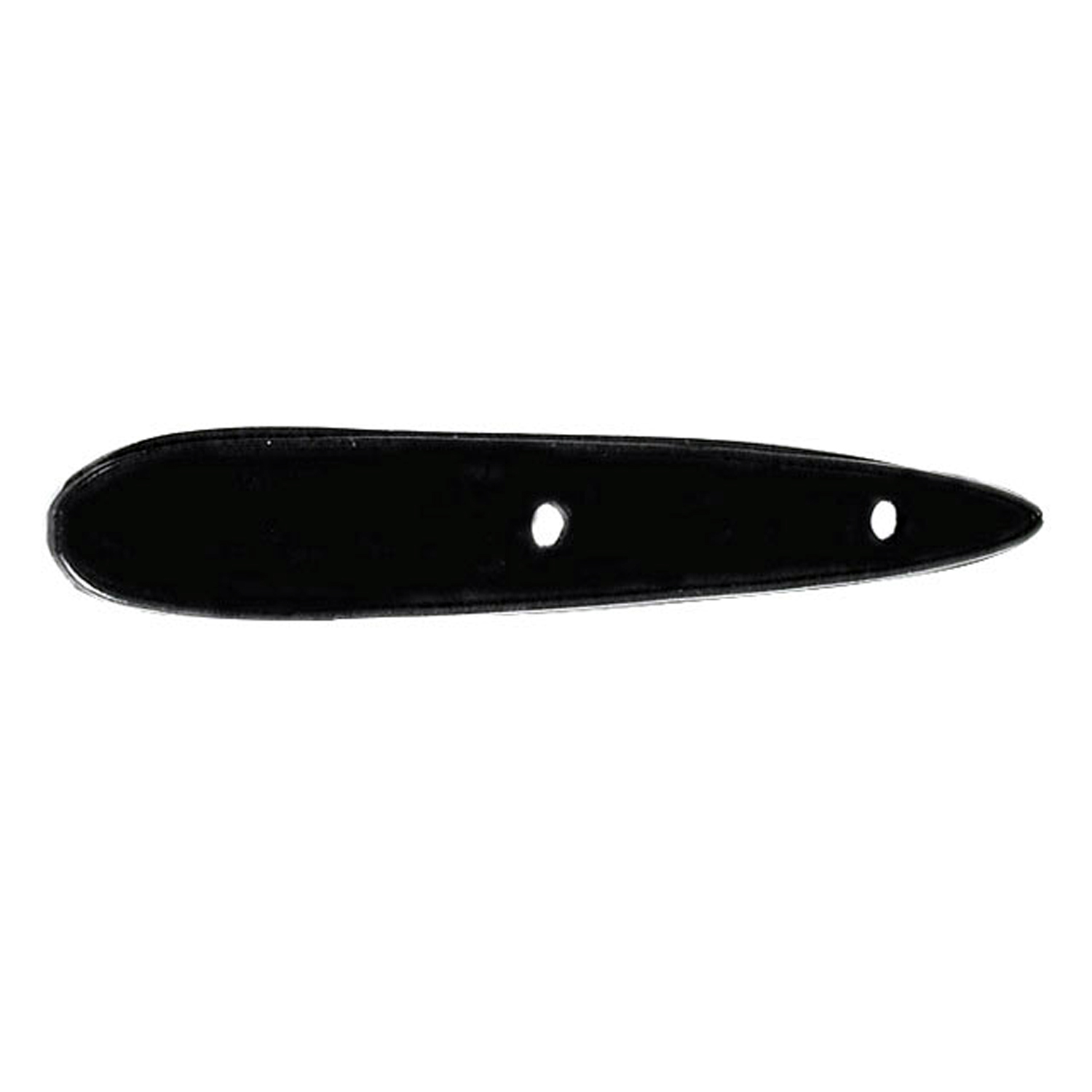 1958 Studebaker Commander Mirror Pad. Similar to MP 965-B, check dimensions-MP 965-AMirror Pad. Similar to MP 965-B, check dimensions. 1" wide X 7" long. Each
1958 Studebaker Commander Mirror Pad. Similar to MP 965-B, check dimensions-MP 965-AMirror Pad. Similar to MP 965-B, check dimensions. 1" wide X 7" long. Each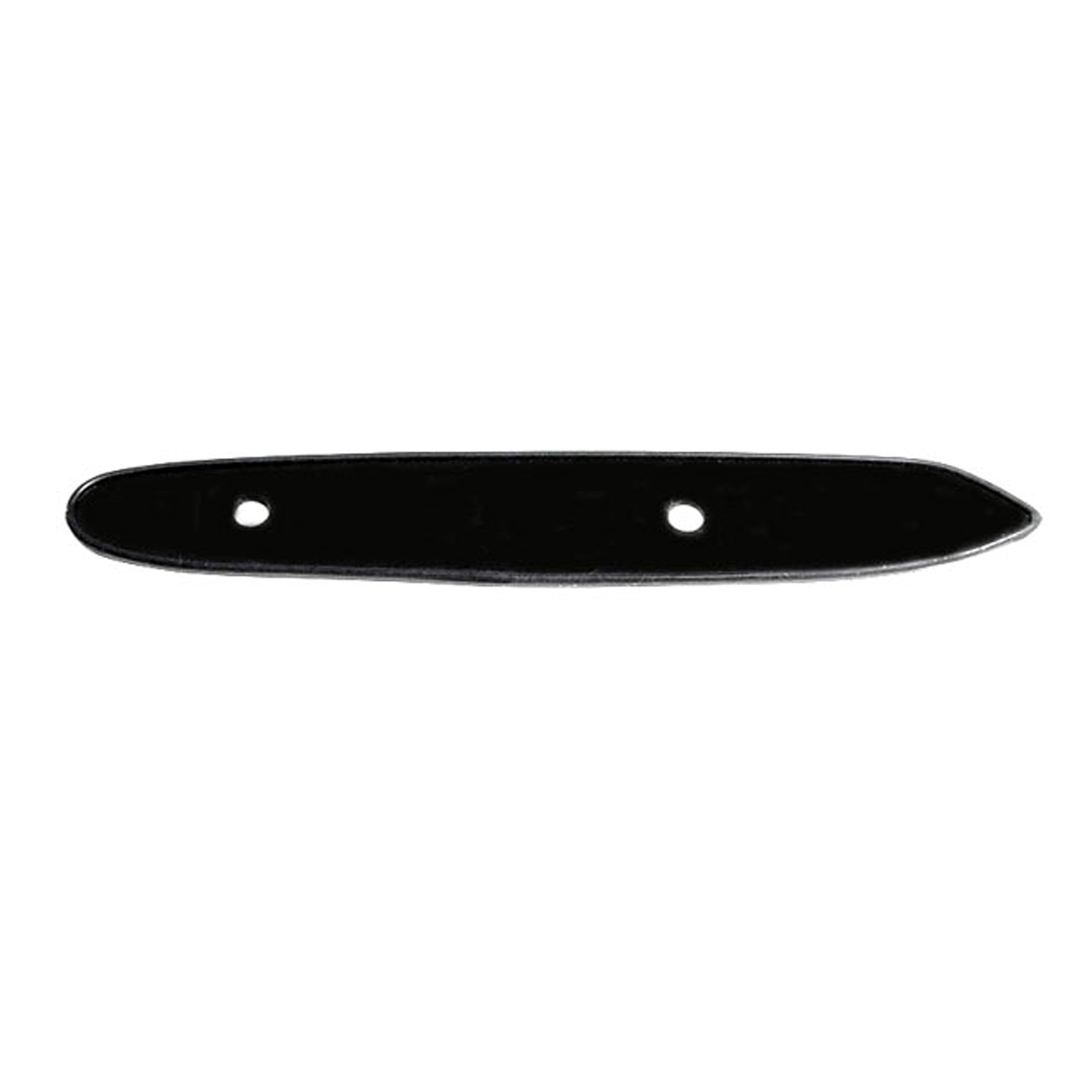 1958 Studebaker Commander Mirror Pad. Similar to MP 965-A, check dimensions-MP 965-BMirror Pad. Similar to MP 965-A, check dimensions. 1-1/8" wide X 6-3/4" long. Each
1958 Studebaker Commander Mirror Pad. Similar to MP 965-A, check dimensions-MP 965-BMirror Pad. Similar to MP 965-A, check dimensions. 1-1/8" wide X 6-3/4" long. Each 1958 Studebaker Commander Door Lock Pad. 1-1/8" O.D. Each-MP 979Door Lock Pad. 1-1/8" O.D. Each
1958 Studebaker Commander Door Lock Pad. 1-1/8" O.D. Each-MP 979Door Lock Pad. 1-1/8" O.D. Each 1958 Studebaker Commander Rubber Seal Behind Fender on Headlights-MP 979-CRubber Seal Behind Fender on Headlights. 8-7/8" wide X 10" long. Pair
1958 Studebaker Commander Rubber Seal Behind Fender on Headlights-MP 979-CRubber Seal Behind Fender on Headlights. 8-7/8" wide X 10" long. Pair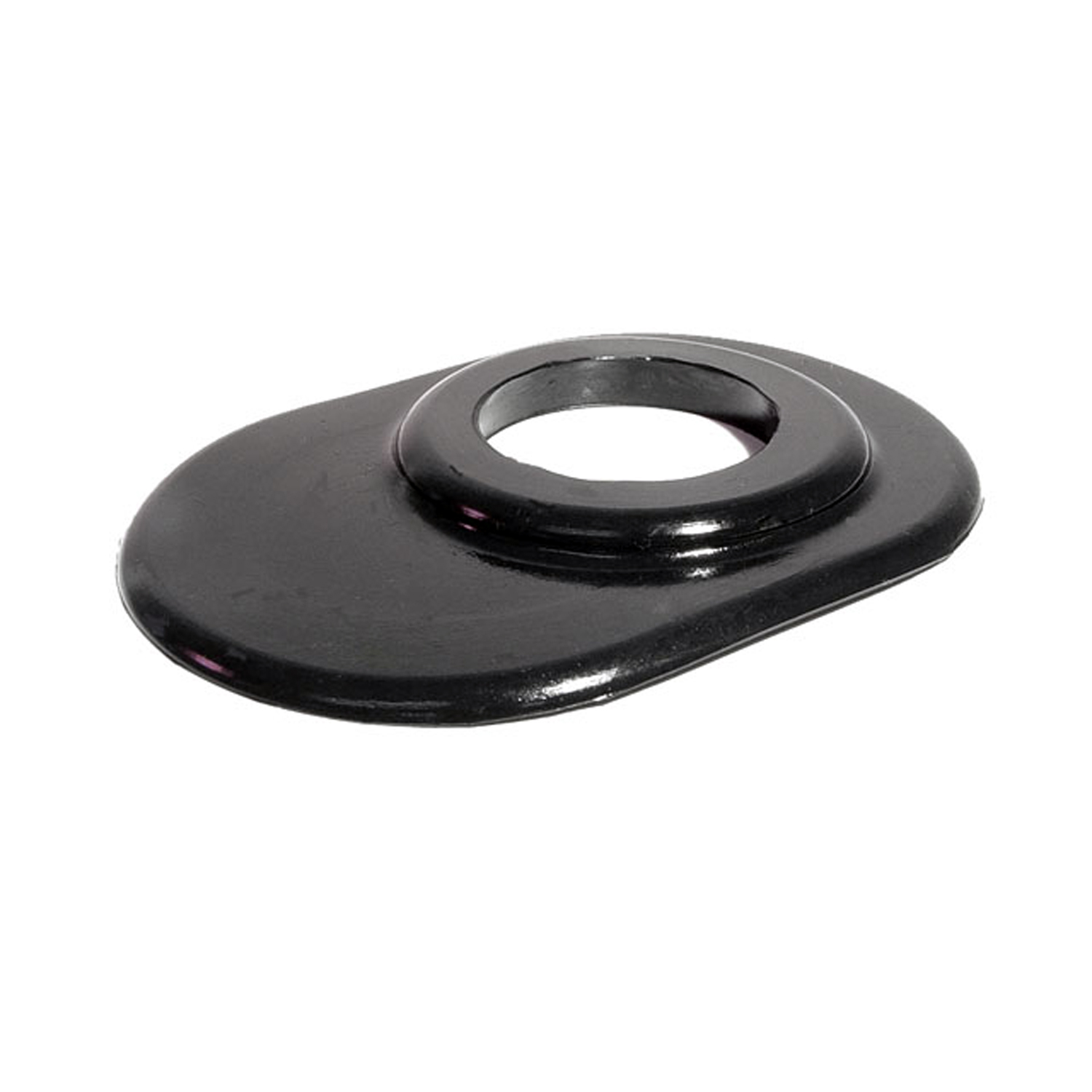 1958 Studebaker Commander Steering Column Grommet. For 3-speed models. Each-SC 24-ASteering Column Grommet. For 3-speed models. Each
1958 Studebaker Commander Steering Column Grommet. For 3-speed models. Each-SC 24-ASteering Column Grommet. For 3-speed models. Each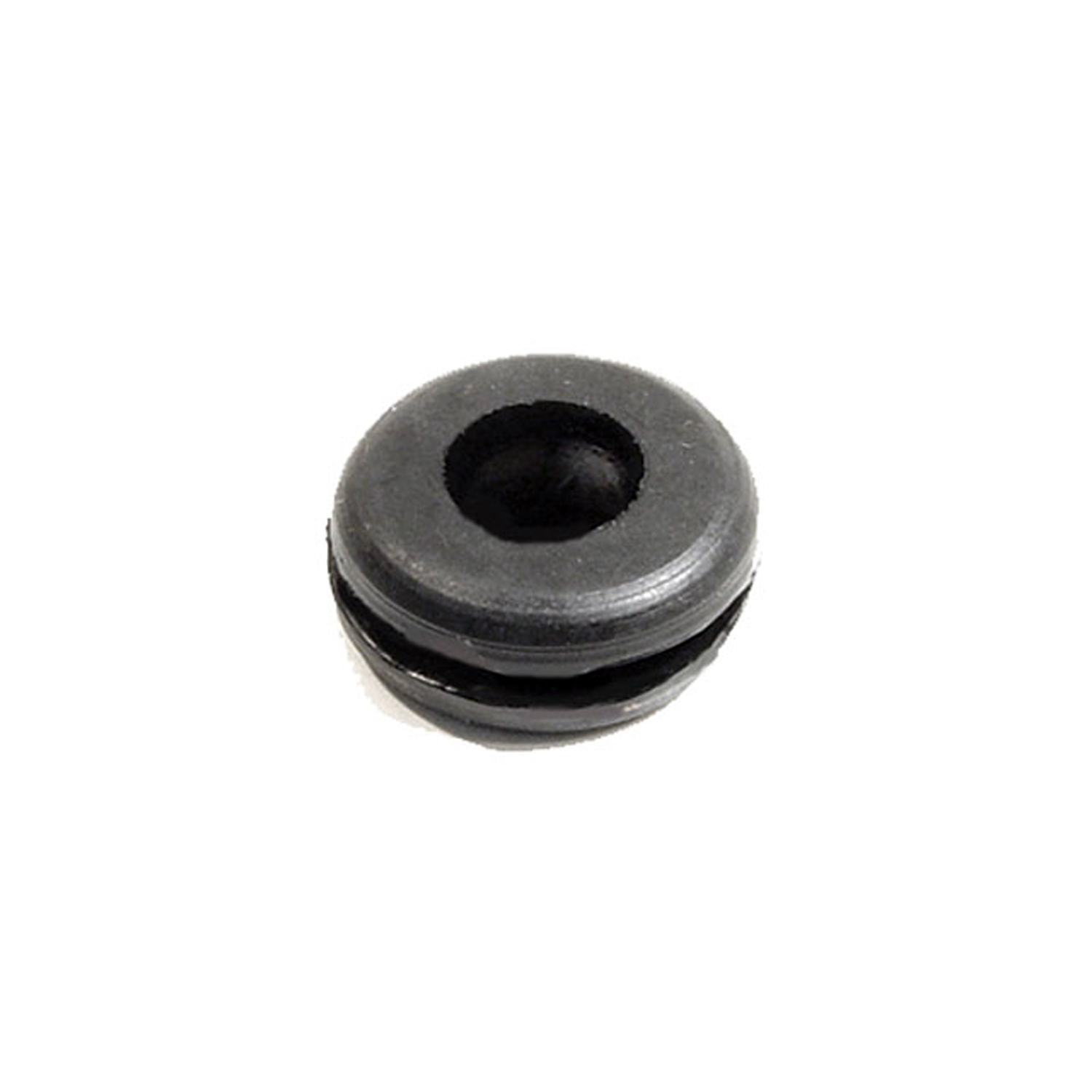 1958 Studebaker Commander Headlight & Tail-Light Wire Grommet. 3/8" I.D., 7/8" O.D-SM 13-AHeadlight & Tail-Light Wire Grommet. 3/8" I.D., 7/8" O.D. Each
1958 Studebaker Commander Headlight & Tail-Light Wire Grommet. 3/8" I.D., 7/8" O.D-SM 13-AHeadlight & Tail-Light Wire Grommet. 3/8" I.D., 7/8" O.D. Each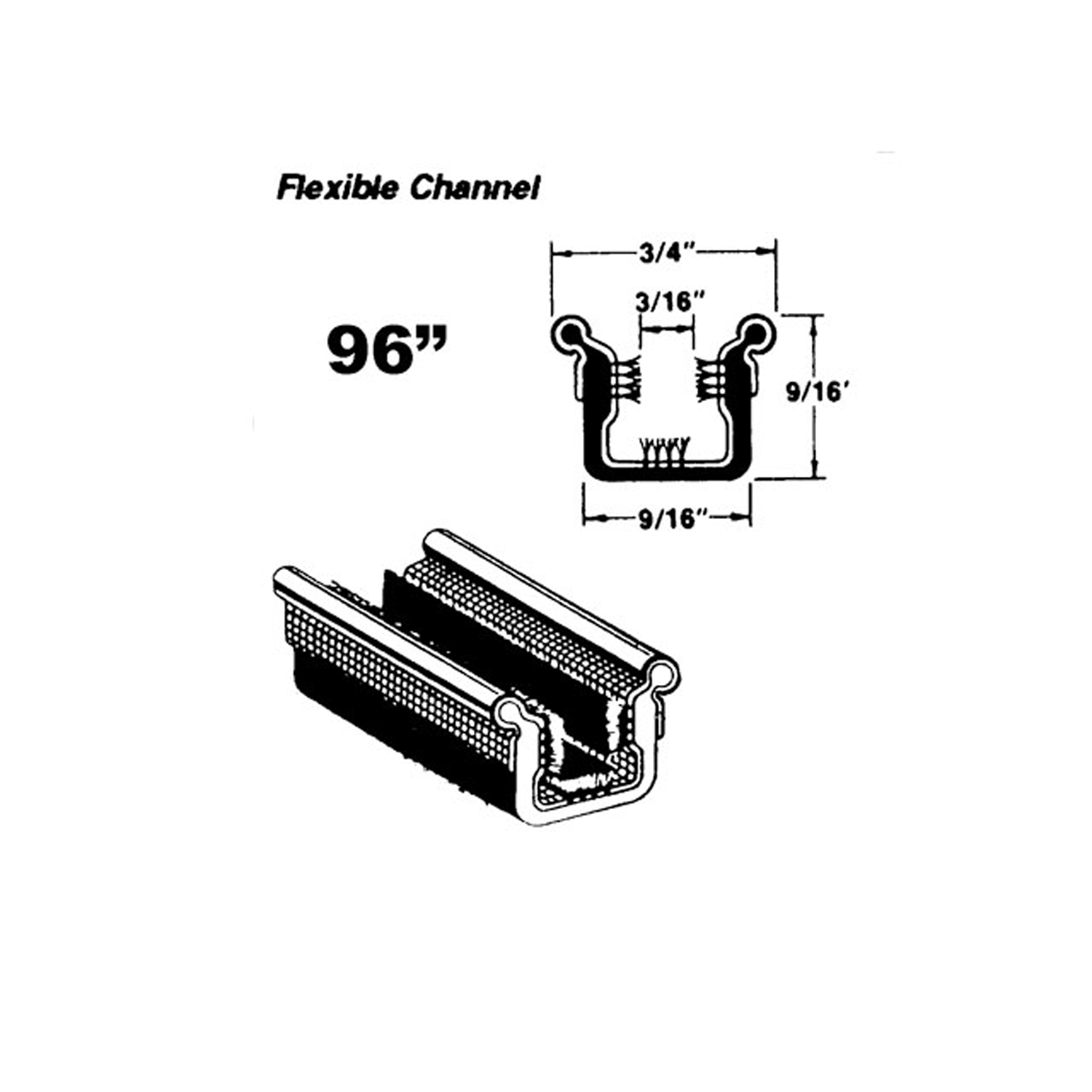 1958 Studebaker Commander Flexible window channel-WC 10-96Flexible window channel. Rubber covered with mohair lining and stainless steel bead. 96 in. long. Each. NOTE: $20 special shipping charge applies for domestic orders. Call or email for overseas shipping costs. Part can be sectioned in two or three equal lengths to reduce overseas shipping costs.
1958 Studebaker Commander Flexible window channel-WC 10-96Flexible window channel. Rubber covered with mohair lining and stainless steel bead. 96 in. long. Each. NOTE: $20 special shipping charge applies for domestic orders. Call or email for overseas shipping costs. Part can be sectioned in two or three equal lengths to reduce overseas shipping costs.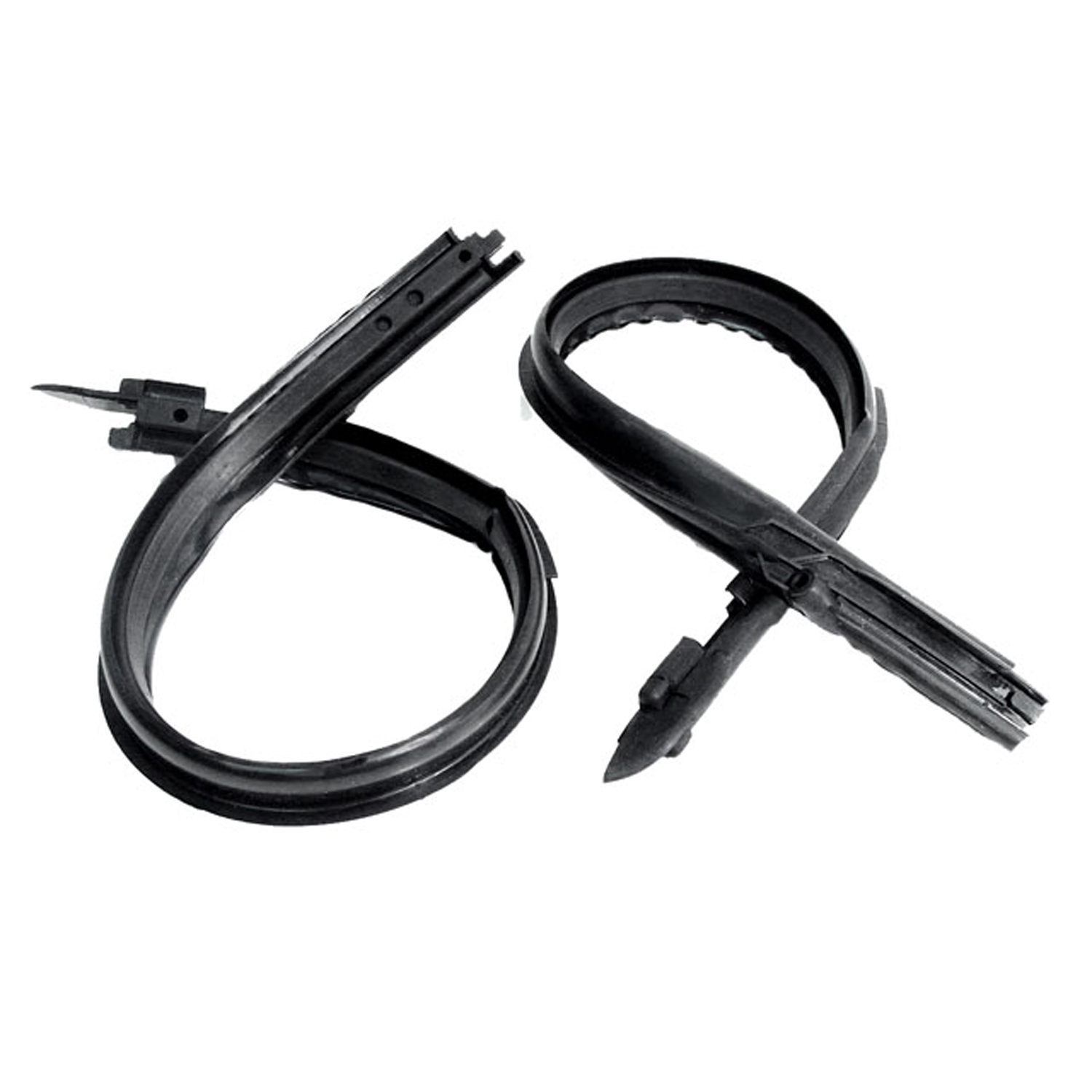 1958 Studebaker Commander Front Vent Window Seals-WR 9404Front Vent Window Seals. Will not fit Hardtops, only Pillar Models. Each piece 29" long. Pair
1958 Studebaker Commander Front Vent Window Seals-WR 9404Front Vent Window Seals. Will not fit Hardtops, only Pillar Models. Each piece 29" long. PairWhy Choose Metro?
For over 100 years, Metro Moulded Parts has been the pinnacle of quality in classic car restoration parts. Our commitment to precision and authenticity in every component ensures a perfect fit and an OEM-level appearance.
- Expert Craftsmanship & Quality: Each part is a testament to our dedication to reliability and perfection, crafted from original designs and thoroughly tested.
- Advanced Technology: We use cutting-edge techniques to create flawless, long-lasting parts that surpass others in performance.
- SuperSoft Sponge – The Ultimate Door Seal: Not only are our door seals 30% softer than competitors', but they're also guaranteed to never leak. They effectively reduce wind and road noise, enhancing your classic car's comfort and driving experience.
- Proudly American: Our parts are a product of American craftsmanship, made in the USA with a spirit of excellence and heritage.
- Unrivaled Warranty: We back our products with a 30-year industry-leading warranty, a testament to our confidence in their quality.
Join us in preserving the legacy of classic cars with parts that are crafted for perfection, not just made.

